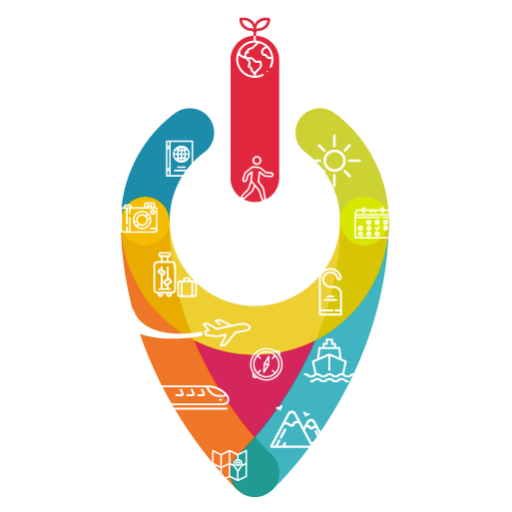Introduction
The application allows users to explore historical or near real-time crowding data, visualizing and understand crowding patterns, as well as predicting future crowding situations but with some degree of uncertainty associated, as expected. At its core, the visualization platform is a cloud-hosted web application, which follows the well-established three-tier software application architecture. In the frontend, there are various widgets to interact with and to show information. The main ones are: – a 3D cartographic map showing the area of interest. Besides providing the usual interactive features like zooming, translation and rotation, the map is superimposed by layers of graphical representations that map data variables. For example, cylinders which graphical characteristics are derived from mapped data of concern; – a graph summarizing the evolution of mapped data over time; – a sliding timeline so users can figure out the timing and evolution of the mapped data. The visual outcome is also a direct result of the selection of data that one aims to visualize and analyze. That is the case of crowding metrics (e.g. density, carrying capacity, etc.) that can be both geographically and temporal associated to. Furthermore, there is always an overall visual context when users select and focus on specific locations of the map. The backend holds the data and data connectors that are used alongside the mechanisms of data processing (the logical layer of the architecture), so all together are able to subsequently deliver the prepared information for the frontend. The data connectors as a group can deal with both historical and near real-time data. Hence, users can upload from the backend the data they are interested on. A major feature of the platform relates to its modularity and expandability. Due to the modular approach that has been followed, like the design of data connectors, one can easily migrate the platform to their case-study. For example, moving from a situation of data collected in one European city to another one. That is, dealing with different data sources is quite feasible.
Primary Goals
The primary goal of the application is to allow stakeholders dealing with crowding situations to explore historical or near real-time crowding data, so they can understand crowding patterns and that appropriate course of action if needed. To do so, the application aims to be user-friendly, visually effective as far as data patterns are concerned and efficient time-wise. Other goal of the application is provide an easy setup when installed for different data scenarios. That is, to be able to easily integrate different sources of data and to deal with consequent visual mapping. Indeed, modularity and extensibility were major concerns at the development stage.
Key Features
The key features of the application are: – visualization of metrics related to crowding data; – user-friendly interactivity regarding how those metrics are shown; – visualization of a 3D cartographic map showing the area of interest; – evolution of metrics over time; – ability to select specific parts of the map for further analysis; – upload of data of interested that is stored in the database; – dealing with both historical and near real-time data; – easy process to adapt the platform to new sources of data.
Who can use and benefit from this tool?
The application is primarily useful for stakeholders who are dealing with issues related to crowding situations. That is the case of entities in the tourism industry, local authorities responsible for managing spaces and public venues, law and order officials, emergency paramedics who have to deal with cases as result of crowding situations, etc. They are all keen on managing properly issues related to crowding situations, whether it is focusing on people or places, or both. Ultimately, it is expected that the platform may contribute to their decision-making process, within a short or medium time-span. Notice that most of the times, there is a need for a mitigation strategy to be put in place. For example, in the case of tourism business, tourists can be advised to take less crowded routes but still leading to interesting touristic spots. Or to change the order of the timing of visits they are interested on. Hence it helps the short and medium-term decision-making process for the stakeholders involved.
How Can I use it?
SMEs can use this tool to visualize and analyze data related to crowding situations. Nonetheless, its applicability can be extended to different contexts, as long as its purpose implies the need of showing metrics of data that are related to a particular geographical location and over time. The process works as follows: 1. The application is installed and running in a server or cloud-based service 2. The data to be analyzed and visualized is uploaded in a database suitable for managing time-series data. InfluxDB is the preferred choice. 3. The application is configured so it can deal with the particular source of data as well as the metrics of concern – there is a configuration file for the purpose, aiming at setting the list of metrics, data access points, etc. 4. Users use a client browser to interact and visualize the information generated by the application.
